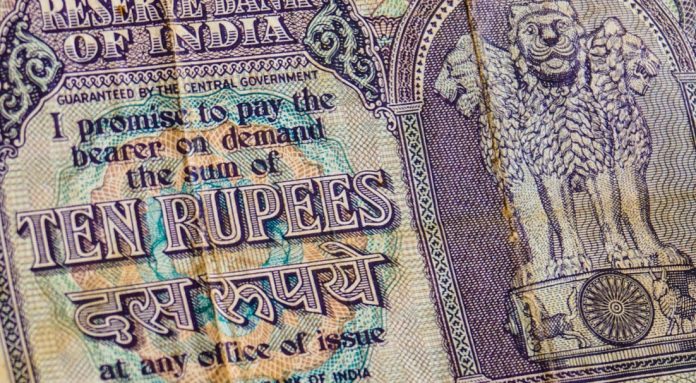The pound traded higher versus the dollar for the majority of the day on Wednesday. Brexit optimism boosted the pound whilst the dollar had a quiet session. The pound US dollar exchange rate hit a peak of US$1.2798 before gains faded towards the close. The pound is once again lower versus the dollar early on Thursday
| What do these figures mean? |
|---|
| When measuring the value of a pair of currencies, one set equals 1 unit and the other shows the current equivalent. As the market moves, the amount will vary from minute to minute.For example, it could be written:1 GBP = 1.28934 USD Here, £1 is equivalent to approximately $1.29. This specifically measures the pound’s worth against the dollar. If the US dollar amount increases in this pairing, it’s positive for the pound. Or, if you were looking at it the other way around:1 USD = 0.77786 GBP In this example, $1 is equivalent to approximately £0.78. This measures the US dollar’s worth versus the British pound. If the sterling number gets larger, it’s good news for the dollar. |
Investor continued digesting Brexit developments in Parliament as the debate entered a second session on Wednesday. U.K. Prime Minister Theresa May was forced to publish the legal advice given over Brexit, after being found in contempt of Parliament earlier in the week. The document highlighted the likelihood of the U.K. being permanently attached to the EU by the backstop, in the case of repeated rounds of negotiations trade talks.
There was also a growing belief that Brexit might not actually ever happen. Investment Bank J P Morgan increased the possibility of Brexit not happening to 40%, up from 20%. This comes after Parliament voted to give themselves the right to decide the next steps if Theresa May’s Brexit deal is voted down in Parliament.
| Why is a “soft” Brexit better for sterling than a “hard” Brexit? |
|---|
| A soft Brexit implies anything less than UK’s complete withdrawal from the EU. For example, it could mean the UK retains some form of membership to the European Union single market in exchange for some free movement of people, i.e. immigration. This is considered more positive than a “hard” Brexit, which is a full severance from the EU. The reason “soft” is considered more pound-friendly is because the economic impact would be lower. If there is less negative impact on the economy, foreign investors will continue to invest in the UK. As investment requires local currency, this increased demand for the pound then boosts its value. |
Service sector pmi data was a drag in the pound after showing activity in the service sector grew at the slowest pace in 28 months. The service sector is the dominant sector in the U.K. economy, so a slowing in service sector activity will point to a poor showing for the UK economic growth..
Brexit developments will once again be front and centre of pound traders’ minds. Concerns are rising about Theresa May’s ability to hold onto power, as a growing group of Ministers are backing the idea of a Norway plus deal.
Will A Slew of US Data Support The Dollar?
US stock markets were closed in memory of George Bush on Wednesday which meant a quiet session for the dollar. The dollar has had a volatile start to the week as investors sold out of and brought back into the dollar amid conflicting trade tension headlines. Given the dollar’s reserve currency status, when geopolitical tensions are on the rise, investors look to buy into the dollar.
Dollar traders will be looking to a barrage of economic data releases today. These include non-manufacturing data, private payroll numbers and factory orders. Strong data could help to support the dollar.
| How does strong jobs data boost the currency? |
|---|
| It works like this, when there is low unemployment and high job creation, the demand for workers increases. As demand for workers goes up, wages for those workers also go up. Which means the workers are now taking home more money to spend on cars, houses or in the shops. As a result, demand for goods and services also increase, pushing the prices of the goods and services higher. That’s also known as inflation. When inflation moves higher, central banks are more likely to raise interest rates, which then pushes the worth of the currency higher. |
This publication is provided for general information purposes only and is not intended to cover every aspect of the topics with which it deals. It is not intended to amount to advice on which you should rely. You must obtain professional or specialist advice before taking, or refraining from, any action on the basis of the content in this publication. The information in this publication does not constitute legal, tax or other professional advice from TransferWise Inc., Currency Live or its affiliates. Prior results do not guarantee a similar outcome. We make no representations, warranties or guarantees, whether express or implied, that the content in the publication is accurate, complete or up to date. Consult our risk warning page for more details.
This article was initially published on TransferWise.com from the same author. The content at Currency Live is the sole opinion of the authors and in no way reflects the views of TransferWise Inc.





